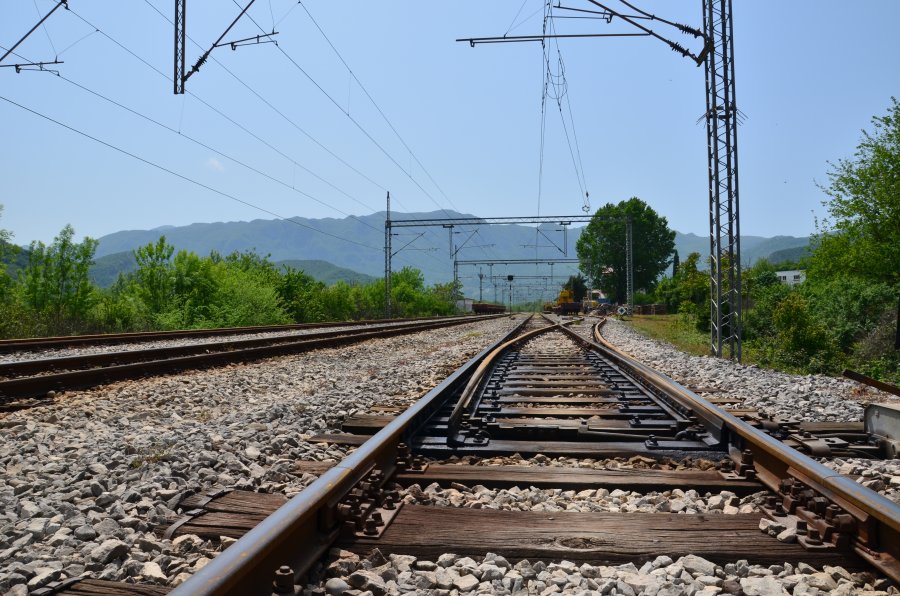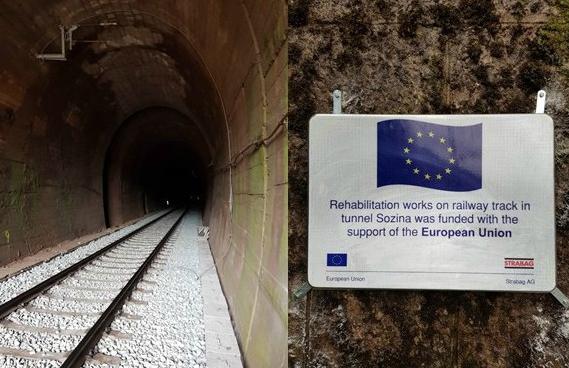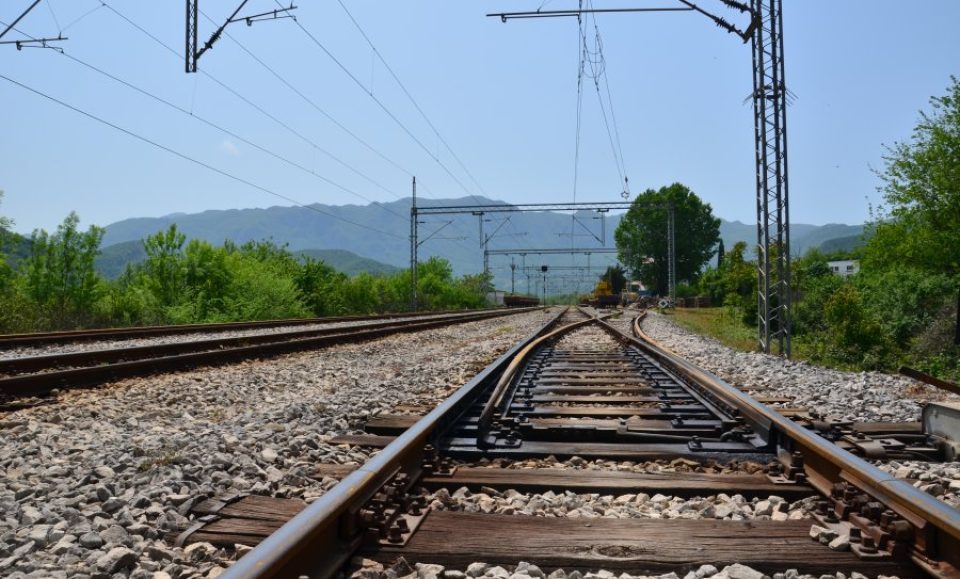Rail transport enables economic efficiency and environmental sustainability worldwide. With modern rail, transport can become smarter, cleaner and more connected. It is therefore important to develop the railway network continuously.
posted on
- February 8, 2022
Electrifying! Upgrading rail connections between Montenegro and Serbia
After its upgrade, the Bar-Vrbnica railway will carry about 750,000 passengers in comfort and safety. The 167km of track between the port of Bar in Montenegro and the Serbian border at Vrbnica also carries around 60% of the country’s freight traffic. Electrifying the line, modernizing signalling equipment and renovating tracks, bridges and tunnels will facilitate regional trade and have a positive impact on economic growth.
Regional connectivity will also be improved: the line continues through Serbia to the capital, Belgrade, and from there to Vršac on the Romanian border. This 580 km line is an extension to the Orient/East-Med Corridor, which runs from Rostock on the Baltic Sea in the north to Athens on the Mediterranean Sea in the south. The extension to the port of Bar creates a multi-modal transport corridor with maritime and rail links.
Connectivity is a major focus of the European Union; it supports infrastructure project across the region to encourage cooperation and trade within the region, as well as better connectivity with the EU. Increased trade links historically lead to shared prosperity and greater stability.
EU support for renovation of the Bar-Vrbnica section was made available through the Western Balkans Investment Framework (WBIF), with EUR 6.5 million in technical assistance and an investment grant of EUR 20 million for strengthening bridges and tunnels along the route. EU support was decisive in attracting international financial institutions such as the European Investment Bank (EIB) to finance the investment.
EU support for renovation of the Bar-Vrbnica section was made available through the Western Balkans Investment Framework (WBIF), with EUR 6.5 million in technical assistance and an investment grant of EUR 20 million for strengthening bridges and tunnels along the route.

The Railway Infrastructure Company of Montenegro (ZICG) and the Montenegrin Ministry of Transport and Maritime Affairs are the implementing partners. “The Bar-Vrbnica railway is of strategic importance. As part of the Belgrade-Bar line it links the Western Balkans with Central Europe. It is an international railway, connecting to the trans-European Network (TENT),” said Milan Colakovic, Executive Director in Railway Infrastructure Company of Montenegro.
Originally built as a part of the Belgrade-Bar line, the Bar-Vrbnica railway opened to traffic more than 40 years ago and has not been renovated in recent years. Structural weaknesses and poor signalling caused speed restrictions and travel times to get longer. Safety was also an issue: 210 emergencies were reported over a 5-year period, from 2008-2015. This investment will resolve these issues.

After its upgrade, the Bar-Vrbnica railway will carry about 750,000 passengers in comfort and safety. The 167km of track between the port of Bar in Montenegro and the Serbian border at Vrbnica also carries around 60% of the country’s freight traffic.
The line used to be very busy, with hundreds of thousands of passengers travelling between Serbia and Montenegro. “I used this line frequently when I studied in Podgorica and travelled to my parents’ house in Serbia. 20 years ago it took about four hours. Today it takes twice as long. It would help if they could shorten journey times and improve conditions. More people like me would start using the train again.” said Ivana Ganjola, a Serbian who has been living in Podgorica for 25 years.
After electrifying the main railway line and making it safer, Montenegro and Serbia can expect more travellers and more international freight companies to use rail, rather than road transport, cutting greenhouse gas emissions. Improved rail links will be better for the environment, hauliers, passengers and economies in the region, and will bring Montenegro a little closer to the European Union.
Source: Barinfo

